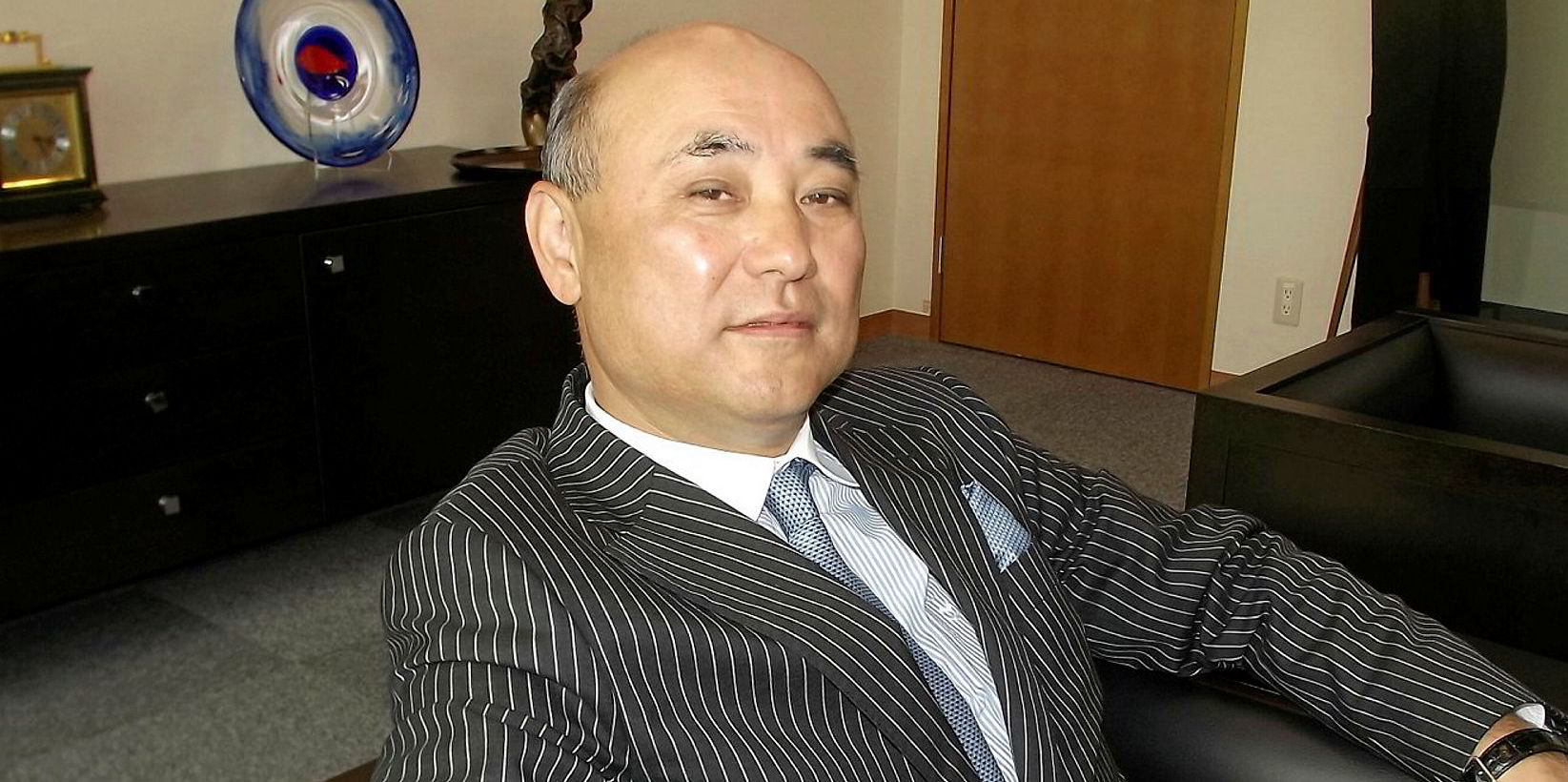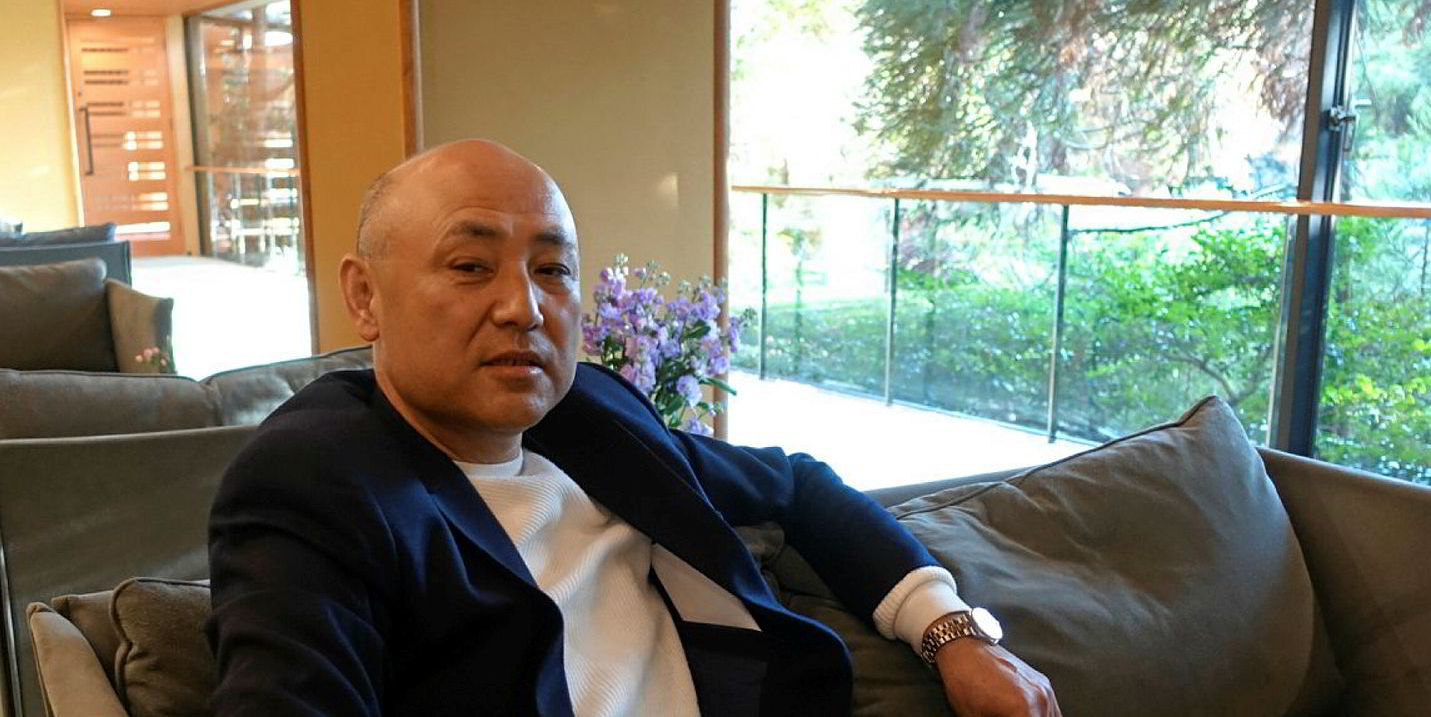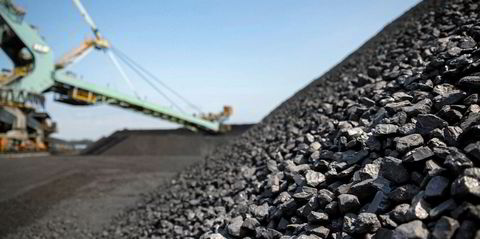Kumiai Senpaku is strengthening its relationship with China State Shipbuilding Co (CSSC) by ordering a newbuilding in Shanghai.
In its latest deal with the state-owned shipbuilding group, the Japanese shipowner has signed up for an LPG-fuelled, midsize gas carrier (MGC) at Jiangnan Shipyard.
Kumiai president Nobutaka Mukae told TradeWinds he has inked a letter of intent with the Shanghai-based shipyard for the 40,000-cbm gas carrier. It is slated for delivery during the first quarter of 2023.
“This will be our first fully refrigerated LPG-fuelled MGC with Jiangnan,” said Mukae.
Milestone of achievement
“This contract signifies another milestone for Kumiai Senpaku following several newbuilding orders of tankers done with Chengxi Shipyard — another shipyard under the CSSC group.”
Mukae said the order for the dual-fuel newbuilding is in line with the company's “green policy” as it looks to renew its fleet, particularly its gas carriers.
He pointed to the three dual-fuelled VLGCs on order by the company's Singapore-based subsidiary Kumiai Navigation at Kawasaki Heavy Industries in Japan.
Mukae declined to comment on the price for the latest MGC newbuilding but noted that it is a high-specification vessel.
Fleet member

Shipbuilding sources suggested the ship could cost less than $50m.
Mukae said Kumiai Senpaku aims to tap attractive Japanese financing to supplement the funding for the MGC newbuilding.
“The borrowings will not be more than 50% of the ship’s price,” he said.
“We do not have charter contract lined up for the MGC newbuilding yet. We have good experience on this ship type and we are confident of this sector and dual-fuelled vessels.”
Mukae also noted that the latest order stems from Kumiai's long-standing relationship with CSSC and its marketing arm, China Shipbuilding Trading Co, which he said have delivered good sales service and high-quality vessels.
“We expect more innovative business to be done together with CSSC group in the future,” he said.
Beginnings with CSSC
Kumiai started working with CSSC five years ago when it ordered a 7,800-dwt asphalt tanker at Chengxi Shipyard, before booking a sistership.
In April, Kumiai returned to Chengxi and signed up for a 37,000-dwt asphalt and bitumen carrier and an MR product tanker.
The order for the 50,000-dwt tanker newbuilding marked Kumiai’s debut into the MR sector.
Mukae said a short-term charter contract has been agreed for the MR tanker upon delivery in mid-2022.
The asphalt and bitumen carrier newbuilding, which is due for delivery at the end of 2021, has secured long-term employment.
Details of the charter contracts and the charterers are not disclosed.
Kumiai is also in talks with Chengxi to order an LPG-fuelled, 5,000-cbm LPG carrier. Mukae said there are a few technical issues that need to be resolved before an order can be placed.
Kumiai has a total of 18 vessels in its core Japanese fleet made up of nine bulkers, three LPG ships, three asphalt tankers, one molten sulphur carrier and two ro-ros.
Its Kumiai Navigation arm, which operates its ships independently, has an additional 19 vessels and four newbuildings.
As it builds up its LPG and tanker fleets, Tokyo-based Kumiai said it has lost interest in the dry bulk sector and is looking to exit the business as soon as possible by selling all vessels that are expiring from long-term charters.






